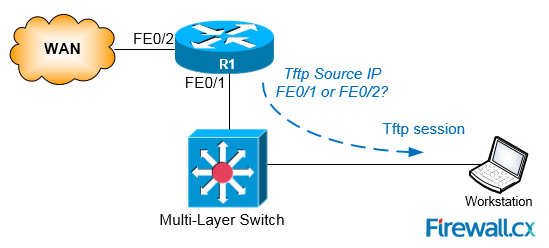
The customer expresses their concern to management, usually loudly, and management expresses their concerns to the technicians, usually loudly. This can be an exciting time in a network, with much loud discussion about why a customer isn't working as they should. Usually, a process that a customer considers very important stops working. If changes are not saved, the "old" configuration will load the next time the device boots, and the device will not function as it is supposed to. They are not saved until the command " copy running-config startup-config" backs up the running configuration As you have seen in Labs 2 and 3, configuration changes are made to the running-config. The problem is that these configuration files are not automatically synchronized, and therefore, there can be differences between the configurations. An external copy of the configuration, stored on a TFTP server.The startup-config that resides in NVRAM, and is loaded when the device boots.The running-config that resides in RAM and actually controls the device functions.Power on the switch and manage the switch using the console connectionĬisco considers three device configuration files for the same device:.Connect the rollover cable and the Ethernet cable to PC1.PC with COM port, Ethernet port, TFTP server software.Cisco switch configured with basic configuration from Labs 2 and 3.


Configure switch using the external configuration.Back up switch configuration to an external TFTP server.



 0 kommentar(er)
0 kommentar(er)
